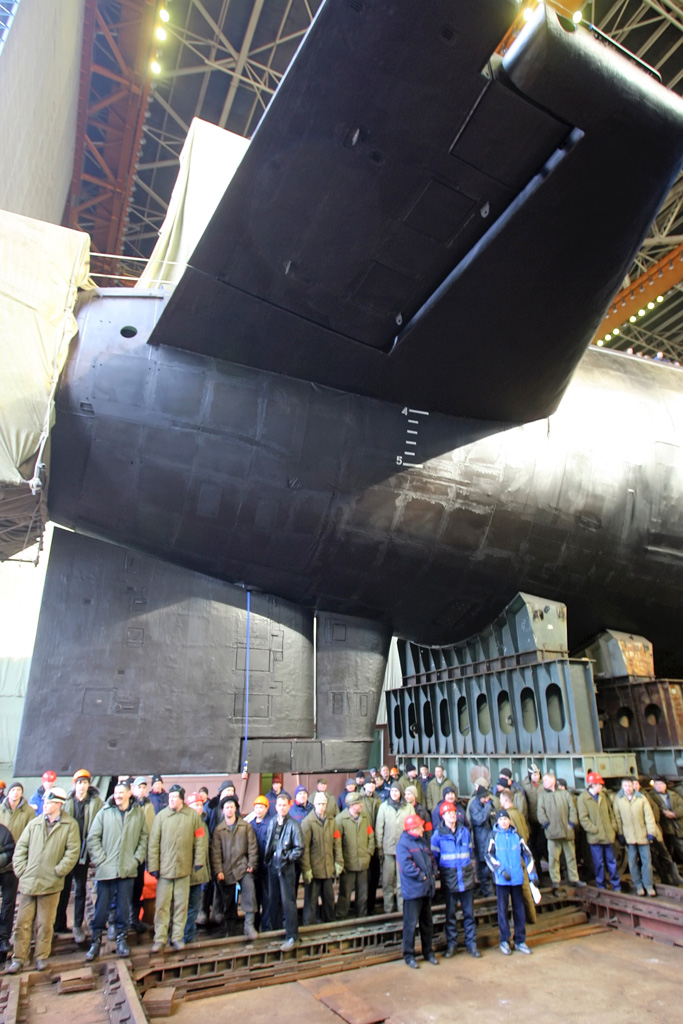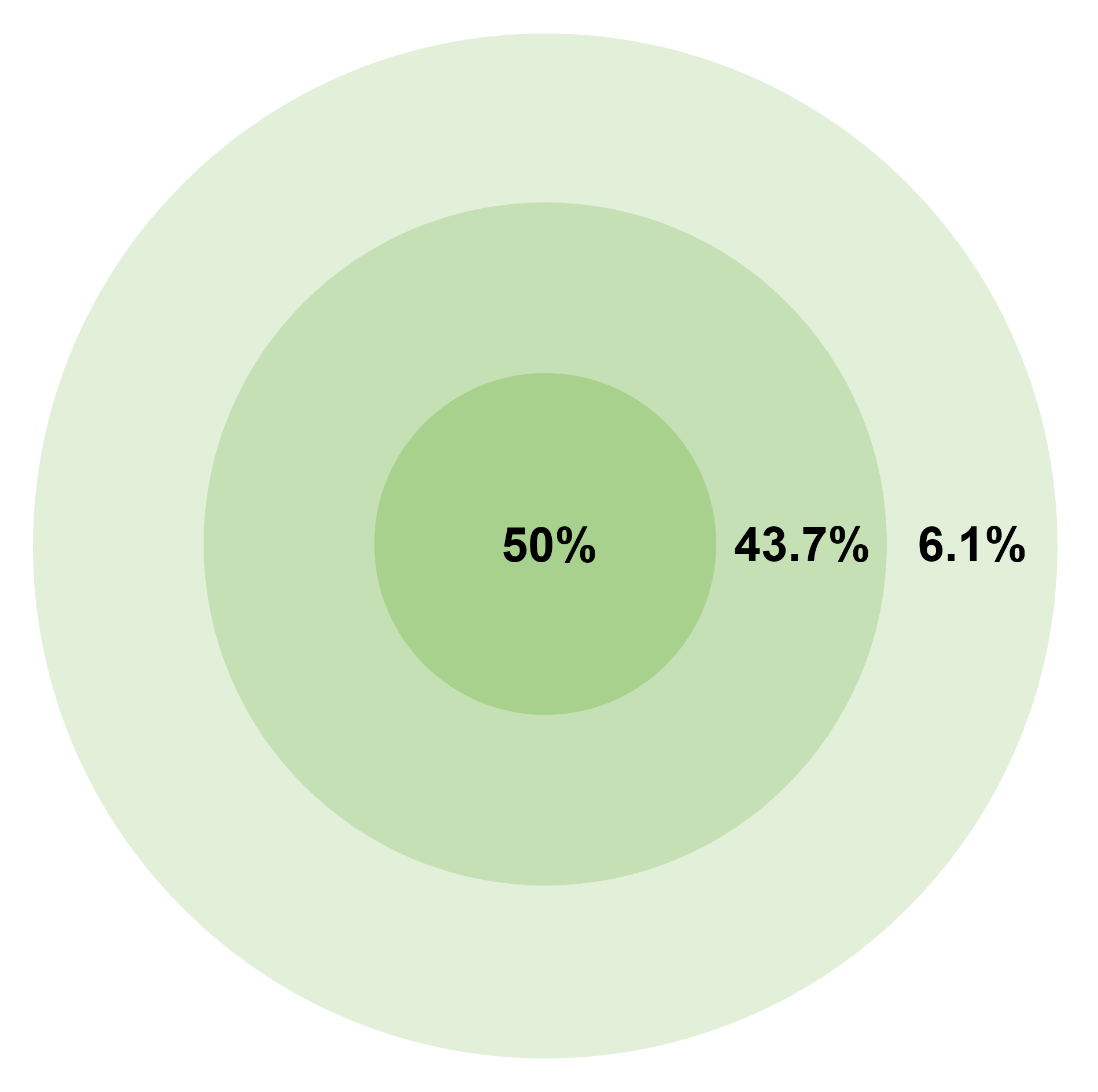|
Bulava (missile)
The RSM-56 Bulava (russian: Булава, lit. " mace", NATO reporting name SS-NX-30 or SS-N-32, GRAU index 3M30, 3K30) is a submarine-launched ballistic missile (SLBM) developed for the Russian Navy and deployed in 2013 on the new of ballistic missile nuclear submarines. It is intended as the future cornerstone of Russia's nuclear triad, and is the most expensive weapons project in the country. The weapon takes its name from ''bulava'', a Russian word for mace. Designed by Moscow Institute of Thermal Technology, development of the missile was launched in the late 1990s as a replacement for the R-39 Rif solid-fuel SLBM. The Project 955/955A Borei-class submarines carry 16 missiles per vessel. Development and deployment of the Bulava missile within the Russian Navy is not affected by the enforcement of the new START treaty. A source in the Russian defense industry told TASS on June 29, 2018, that the D-30 missile system with the R-30 Bulava intercontinental ballistic mis ... [...More Info...] [...Related Items...] OR: [Wikipedia] [Google] [Baidu] |
Russian Submarine Yury Dolgorukiy (K-535)
K-535 ''Yuriy Dolgorukiy'' (Russian: АПЛ ''Юрий Долгорукий'') is a nuclear-powered ballistic missile submarine of the Russian Navy, and the lead vessel of the class. Named after the founder of Moscow, Yuri Dolgorukiy, the vessel was laid down on 2 November 1996 and was first planned to enter service in 2001. However, project for the R-39M SLBM that the Borei class was supposed to carry was abandoned after several failed tests, and the submarine was redesigned for the new RSM-56 Bulava SLBM. The RSM-56 Bulava is smaller than the original R-39M, and in the 2007 START treaty data exchange it was reported that all Borei-class submarines would be equipped with 16 missiles instead of 12, as originally intended. History On 15 April 2007, the submarine was rolled out of the construction hall into a launch dock in Severodvinsk, when the vessel was about 82% complete. The Russian government allocated nearly 5 billion rubles, or 40% of the Navy's 2007 weapons budget, for ... [...More Info...] [...Related Items...] OR: [Wikipedia] [Google] [Baidu] |
Ballistic Missile Submarine
A ballistic missile submarine is a submarine capable of deploying submarine-launched ballistic missiles (SLBMs) with nuclear warheads. The United States Navy's hull classification symbols for ballistic missile submarines are SSB and SSBN – the ''SS'' denotes submarine, the ''B'' denotes ballistic missile, and the ''N'' denotes that the submarine is nuclear powered. These submarines became a major weapon system in the Cold War because of their nuclear deterrence capability. They can fire missiles thousands of kilometers from their targets, and acoustic quieting makes them difficult to detect (see acoustic signature), thus making them a survivable deterrent in the event of a first strike and a key element of the mutual assured destruction policy of nuclear deterrence. The deployment of SSBNs is dominated by the United States and Russia (following the collapse of the Soviet Union). Smaller numbers are in service with France, the United Kingdom, China and India; North Korea is ... [...More Info...] [...Related Items...] OR: [Wikipedia] [Google] [Baidu] |
Liquid Rocket Fuel
The highest specific impulse chemical rockets use liquid propellants (liquid-propellant rockets). They can consist of a single chemical (a monopropellant) or a mix of two chemicals, called bipropellants. Bipropellants can further be divided into two categories; hypergolic propellants, which ignite when the fuel and oxidizer make contact, and non-hypergolic propellants which require an ignition source. About 170 different propellants made of liquid fuel have been tested, excluding minor changes to a specific propellant such as propellant additives, corrosion inhibitors, or stabilizers. In the U.S. alone at least 25 different propellant combinations have been flown. As of 2020, no completely new propellant has been used since the mid-1970s. Many factors go into choosing a propellant for a liquid-propellant rocket engine. The primary factors include ease of operation, cost, hazards/environment and performance. History Development in early 20th century Konstantin Tsiolkovsky propo ... [...More Info...] [...Related Items...] OR: [Wikipedia] [Google] [Baidu] |
Warhead
A warhead is the forward section of a device that contains the explosive agent or toxic (biological, chemical, or nuclear) material that is delivered by a missile, rocket, torpedo, or bomb. Classification Types of warheads include: * Explosive: An explosive charge is used to disintegrate the target, and damage surrounding areas with a blast wave. ** Conventional: Chemicals such as gunpowder and high explosives store significant energy within their molecular bonds. This energy can be released quickly by a trigger, such as an electric spark. Thermobaric weapons enhance the blast effect by utilizing the surrounding atmosphere in their explosive reactions. ***Blast: A strong shock wave is provided by the detonation of the explosive. *** Fragmentation: Metal fragments are projected at high velocity to cause damage or injury. *** Continuous rod: Metal bars welded on their ends form a compact cylinder of interconnected rods, which is violently expanded into a contiguous zig-zag-shape ... [...More Info...] [...Related Items...] OR: [Wikipedia] [Google] [Baidu] |
Circular Error Probable
In the military science of ballistics, circular error probable (CEP) (also circular error probability or circle of equal probability) is a measure of a weapon system's precision. It is defined as the radius of a circle, centered on the mean, whose perimeter is expected to include the landing points of 50% of the rounds; said otherwise, it is the median error radius. That is, if a given munitions design has a CEP of 100 m, when 100 munitions are targeted at the same point, 50 will fall within a circle with a radius of 100 m around their average impact point. (The distance between the target point and the average impact point is referred to as bias.) There are associated concepts, such as the DRMS (distance root mean square), which is the square root of the average squared distance error, and R95, which is the radius of the circle where 95% of the values would fall in. The concept of CEP also plays a role when measuring the accuracy of a position obtained by a navigati ... [...More Info...] [...Related Items...] OR: [Wikipedia] [Google] [Baidu] |
RT-2PM2 Topol-M
The RT-2PM2 «Topol-M» (russian: РТ-2ПМ2 «Тополь-М», NATO reporting name: SS-27 "Sickle B", other designations: SS-27 Mod 1, RS-12M1, RS-12M2, formerly incorrectly RT-2UTTKh) is one of the most recent intercontinental ballistic missiles to be deployed by Russia (see RS-24 sometimes classified as a Topol-M variant), and the first to be developed after the dissolution of the Soviet Union. It was developed from the RT-2PM Topol mobile intercontinental ballistic missile. In its Russian designation РТ stands for "ракета твердотопливная", raketa tverdotoplivnaya ("solid fuel rocket"), while УТТХ – for "улучшенные тактико-технические характеристики", uluchshenniye taktiko-tekhnicheskie kharakteristiki ("improved tactical and technical characteristics"). "Topol" (тополь) in Russian means "white poplar". It is designed and produced exclusively by the Moscow Institute of Thermal Technology, and built a ... [...More Info...] [...Related Items...] OR: [Wikipedia] [Google] [Baidu] |
Yury Solomonov
Yury, Yuri, Youri, Yurii, Yuriy, Yurij, Iurii or Iouri is the Slavic (russian: Юрий, Yuriy, or uk, Юрій, Yuriy, or bg, Юрий, Jurij, or be, Юры, Jury) form of the masculine given name George; it is derived directly from the Greek form Georgios and related to Polish Jerzy, Czech Jiří, and Slovak and Croatian Juraj, akin to Spanish and Portuguese Jorge, and German Jürgen, and assimilated in modern forms such as German and Italian Juri, Portuguese Iury, and Dutch Joeri. The Slavic form of the name originates with Yuri Dolgoruky, Grand Prince of Kiev (c. 1099–1157), in early accounts recorded as ''Gyurgi, Dyurgi''. Yaroslav the Wise, great-grandfather of Yuriy Dolgorukiy, was the first Ruthenian ruler whose patron saint was Saint George. The saint is now depicted on the coat of arms of Moscow. Ancient and medieval world (Listed chronologically) * Yuri Dolgorukiy or Yuri I Vladimirovich (c. 1099–1157), Grand Prince of Kiev * Yuri II of Vladimir (1189–123 ... [...More Info...] [...Related Items...] OR: [Wikipedia] [Google] [Baidu] |
.jpg)



.jpg)

